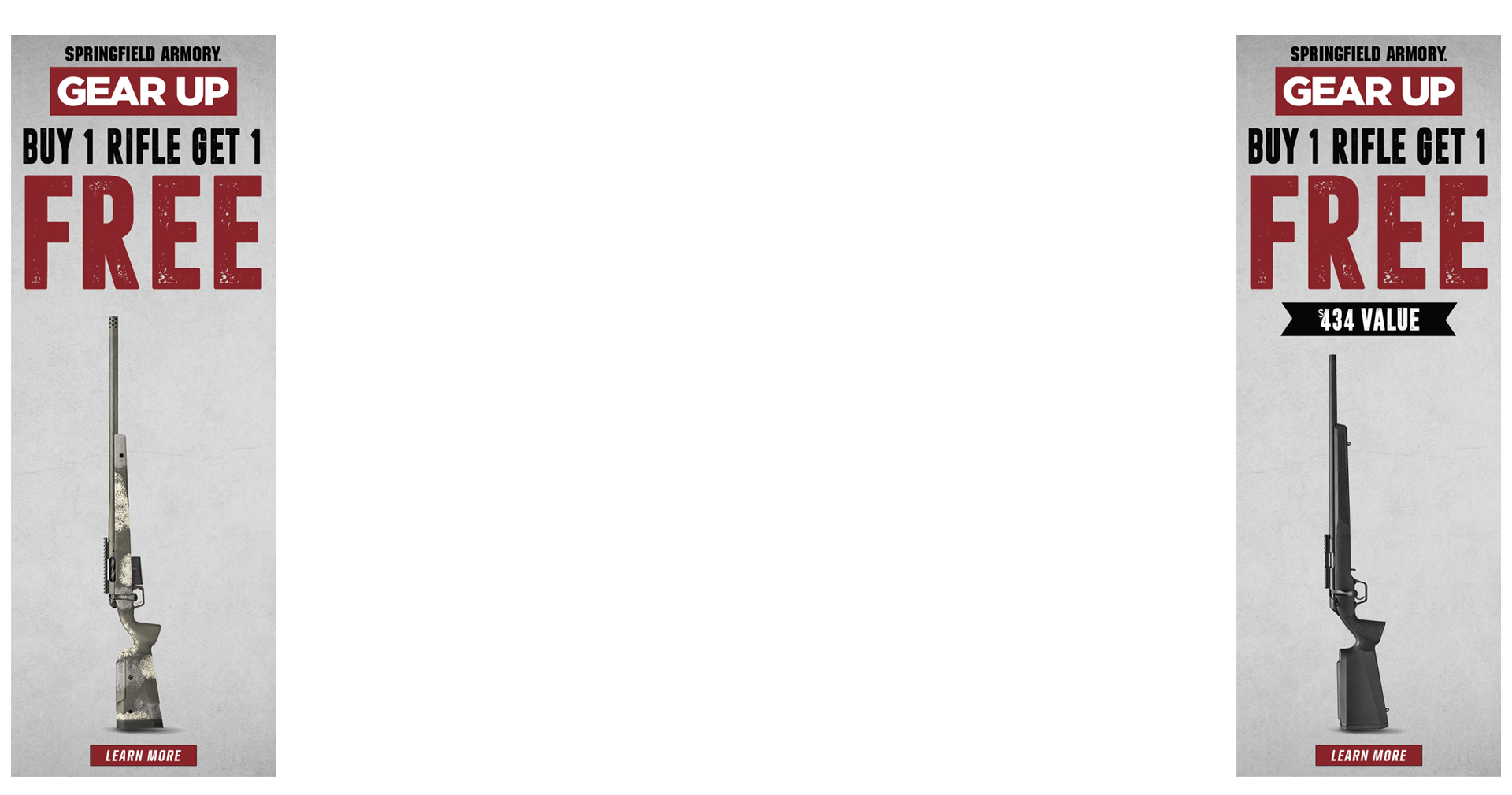Since I got called in- the brass work summary is good but to address the neck "tension" from the standard die for the OP- with the expander ball installed each brass type should come out with the same internal diameter of .241 (.243-.002). That could still mean different amounts of tension.
Its important to realize that "tension" as we use it isnt the actual amount of force pressing on the bullet, its just slang what what we can measure.
Depending on the thickness of the brass, its level of work hardening which in turn effects is spring back, and just plain metallurgical differences between the types the amount of tension that results can vary wildly. We dont directly measure neck "tension" but what we measure its its interference fit. Brass .002 smaller on the inside than the bullet means we have .002" of interference fit, not "tension". One brass with the same internal dimension can vary in the actual amount of tension imparted on the bullet known as "bullet grip". Thicker brass will impart more grip than thinner brass.
http://bulletin.accurateshooter.com...n-bullet-why-bushing-size-is-only-one-factor/
But because its damn near impossible/impractical to measure the actual tension we just go off of interference fit and work from there.
The closest we have to measure the force on the bullet are arbor press hydro seaters that measure how much force it takes to actually seat the bullet into the case.
Now, as to what the internal diameter of the dies neck measures, no idea and when I called about another they wouldnt tell me what it was. For a wild ass guess I would assume that its .008 under the bullet diameter and then they let the expander ball open it up internally to the proper size. Should be .002 but depending on the brass thickness, type, hardness etc it could spring back more or less and you cold end up with .01 or .003-4 under. This is something that a person would actually have to have used to answer and it could still be different than what you achieve.
I have read that lapua 6.5 when sized down gives a loaded diameter of .2714" so a bushing of .267-.269 would be what I would choose, the smaller if using the expander, the larger if you want to run without the expander.


